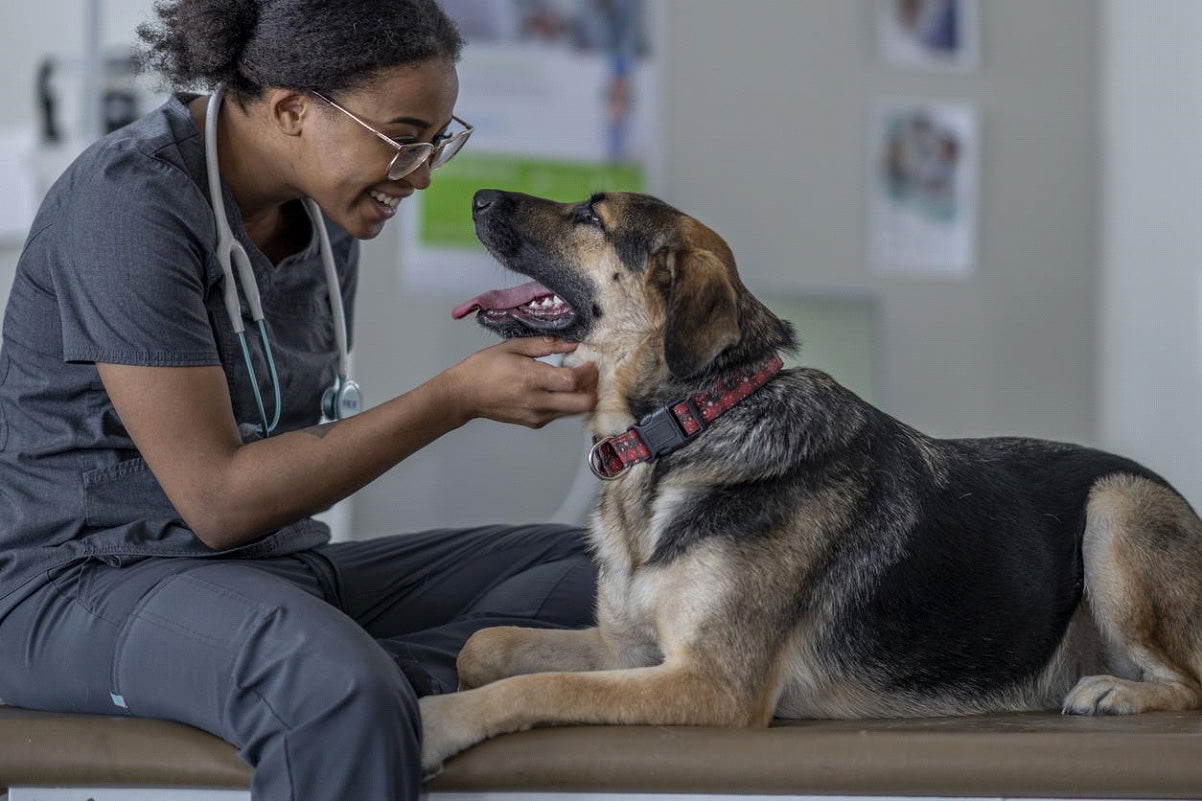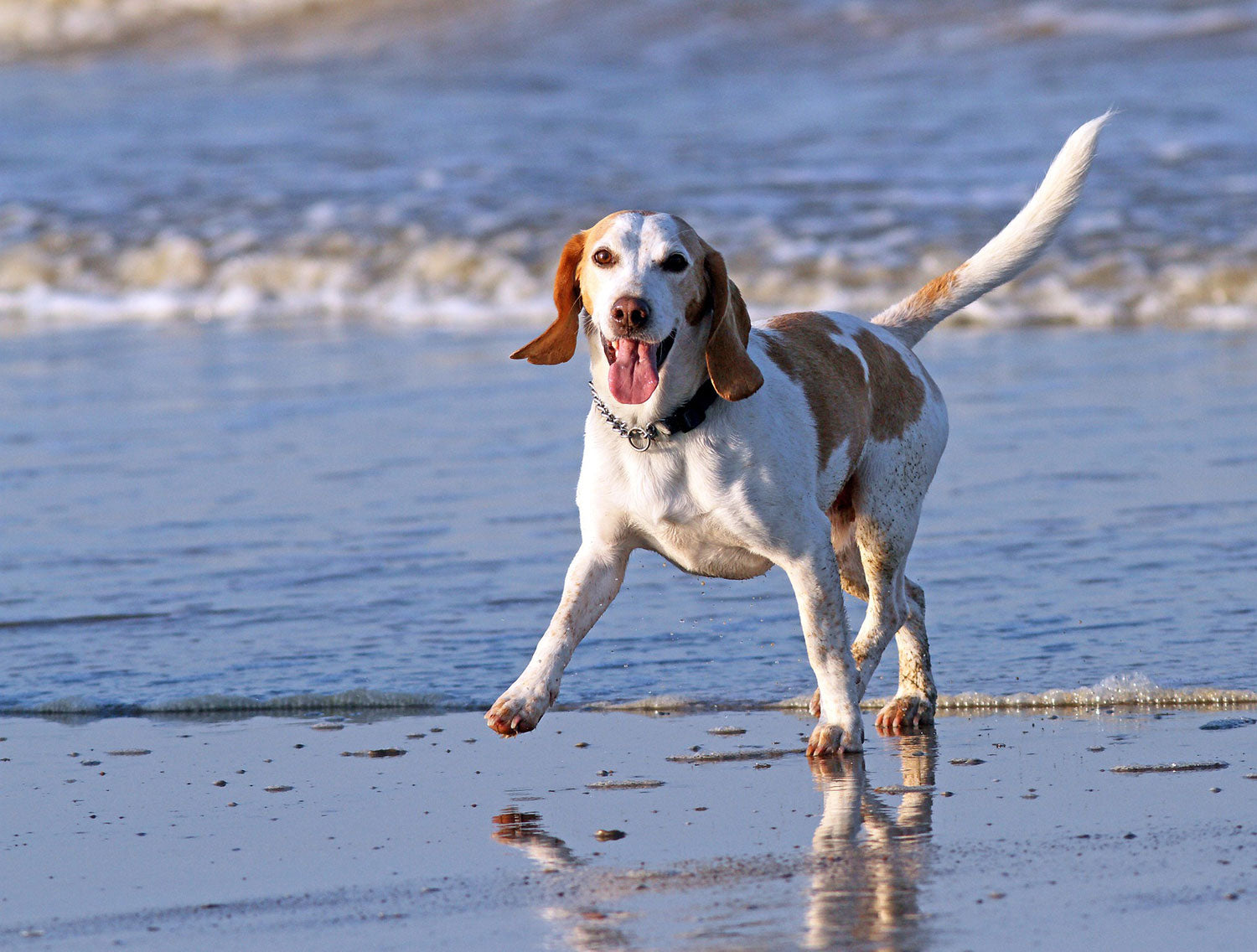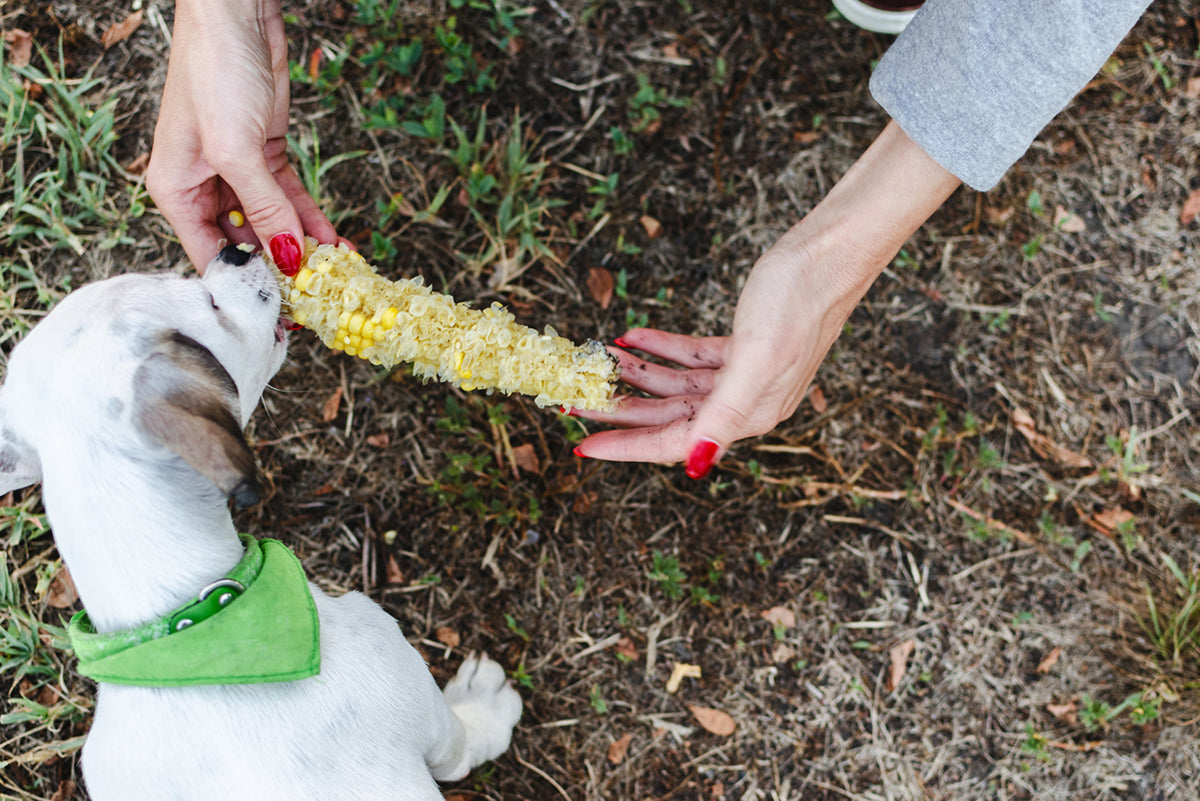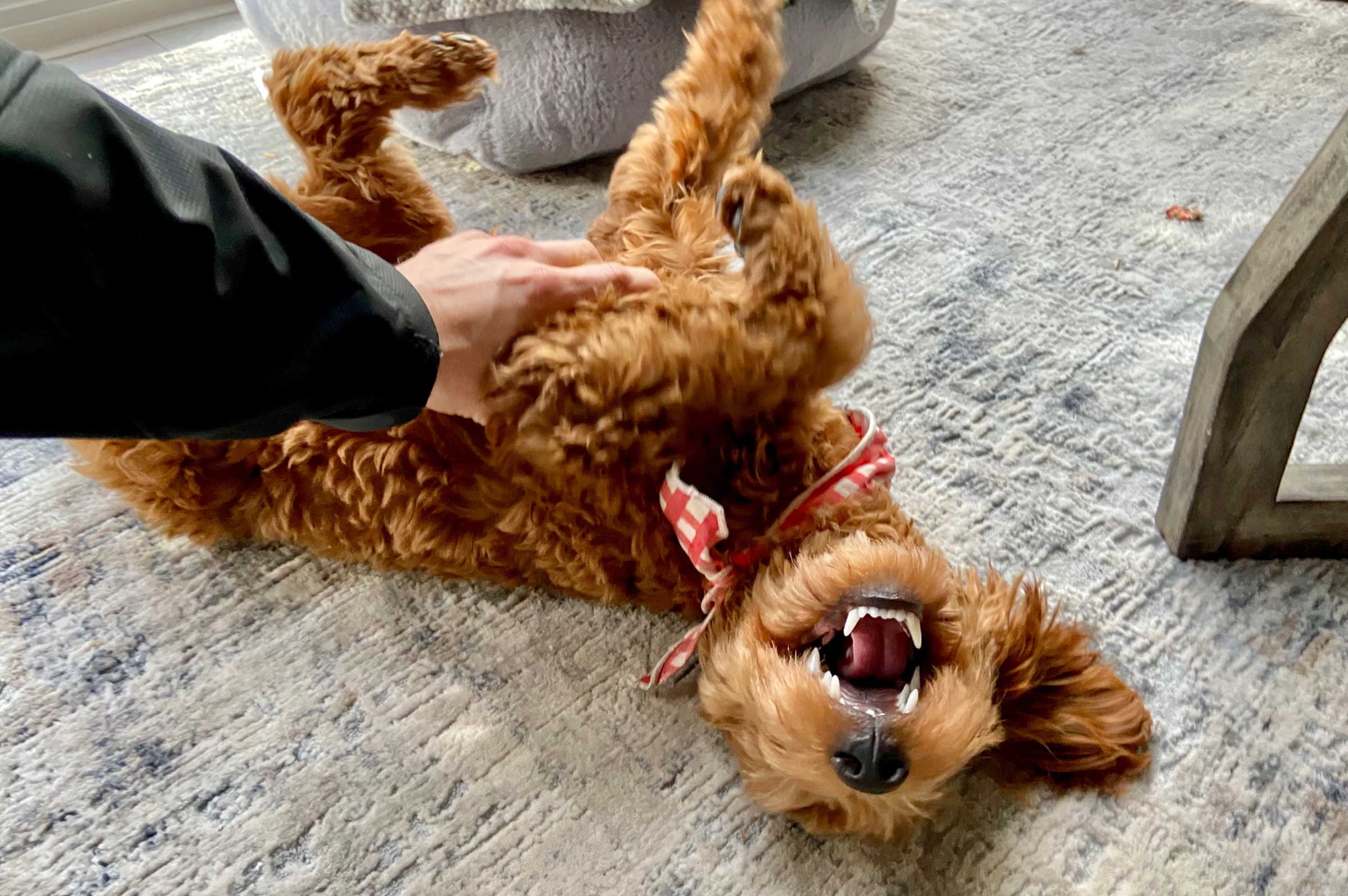If you have a dog that you love, you are going to want him or her to be as healthy as possible. One disease that you may have to worry about is dog hip dysplasia. In fact, you may even have bought your puppy from a breeder with a guarantee against this disease.
What is Dog Hip Displaysia?
Canine Hip Dysplasia, also known as CHD, is a condition in dogs that tends to occur as they grow. It is due to instability in the hip joint. As it progresses, the hip may change and become arthritic.
What Are the Causes of Dog Hip Displaysia?
Unfortunately, we don't know what causes canine hip dysplasia. However, we do know that genetics is a big part of the disease, which is why many larger breed dogs get their hips checked before they are bred. In general, hip dysplasia is more common in these larger breeds, especially breeds that grow rapidly. However, dogs of any size can develop hip dysplasia. Overfeeding can also play a role in the development of hip dysplasia.
What Are the Signs of Dog Hip Displaysia?
There are many different signs of hip dysplasia, depending on how long the dog has been dealing with this disease. It often starts as a reluctance to get up after lying around or sleeping. Many dogs don't want to run, play, and jump as much as they used to, due to the pain. Some dogs may hold their back legs together and “bunny hop” around to prevent pain or deal with hind limb lameness. You may also notice limping.
If left untreated, you may notice that your dog loses the muscle mass on his or her rear limbs. Your dog may also be uncomfortable when you pet him or her in the hip area. By this time, your dog may also be dealing with osteoarthritis in the hip due to dysplasia.
How is Dog Hip Displaysia Diagnosed?
Many veterinarians start by palpating the dog's hips. They will be able to feel whether or not your dog's hips are at risk of dysplasia. This can be done as a puppy, though it should be done under light anesthesia to get a good feel. This being said, it isn't always a good indicator. If your dog is positive for Ortolani Sign, he or she will probably get hip dysplasia at some point. However, if it is negative, this doesn't mean that your dog won't ever get the disease!
Because of this, most veterinarians recommend x-rays to fully diagnose hip dysplasia. Though they do what they can, most veterinarians are not completely trained to diagnose hip dysplasia in dogs. They can take x-rays to get a good idea about what is going on.
In fact, the PennHIP is the official way to diagnose hip dysplasia. Your dog will need to go under anesthesia during x-rays to make sure that he or she is properly positioned. It takes special training for the veterinarian and staff to be able to get your dog in the right position. Once the x-rays are completed, they are sent to a specialist who will be able to diagnose the problem and help you decide what the best option would be for your dog.
What Are the Tents for Hip Displaysia in Dogs?
There are many different options when it comes to hip dysplasia.
Many people choose to manage it medically. This means that you will treat your dog as needed for pain. You will rest your dog by leash walking and restricting play. Your dog may also need pain medications daily (or as needed). You should also start a joint supplement to help with potential degenerative joint disease down the line.
There are also many surgical options. Young puppies (under 10 months of age) may have Double or Triple Pelvic Osteotomy (TPO), which is an orthopedic surgical procedure that involves cutting the pelvic bone to increase joint mobility. Some dogs may need a total hip replacement, which is similar to what is done in humans. They may need one or both hips replaced. Some surgeons also recommend removing the femur joint completely — called Femoral Head Ostectomy (FHO) surgery. The muscles will hold the bones in place, allowing your dog to have better movement. The type of surgery depends on the age of your dog, as well as the severity of the disease.
Critical Joint Relief
w/ Green-Lipped Mussel, Sea Cucumber, & MSM
Relieve Your Dog's Arthritis + Joint Pain - Fast & Highly Effective!

Learn More
Critical Digestive Restore
Best-on-the-market w/ 5 Billion active cultures per chew!
Maximize Your Dog's Nutrient Absorption And Support Healthy Digestion

Learn More
Are There Any Non-Surgical Options to Treat Dog Hip Dysplasia?
Physical therapy may help with mild cases. Dogs with mild clinical signs of hip dysplasia may be adequately treated with physical therapy, nonsteroidal anti-inflammatory drugs (NSAIDs), hip and joint supplements, and safe exercise. Not only can physical therapy improve range of motion, but it can prevent obesity. Certain large and giant breeds (e.g., golden retrievers, great Danes, rottweilers, saint bernards, labrador retrievers, etc.) are more prone to hip dysplasia. Starting physical therapy and supplementation early can help prevent obesity and improve hind leg strength.
Hip and joint supplementation is recommended in most cases. High-quality hip and joint supplementation can help reduce symptoms and improve bone and muscle health in dogs suffering from hip dysplasia. Certain critical vitamins and minerals like glucosamine sulfate, vitamin C, MSM, Angelica sinensis, and fatty acids have all been shown to improve symptoms, boost quality of life, and help prevent atrophy and bone degeneration in dogs.
How Can You Prevent Dog Hip Displaysia?
If you have a large breed dog — like a German Shepherd — who could develop hip dysplasia (and arthritis to go along with it), there are some things that you can do to give him or her a better life.
- Do not overfeed your dog. The best thing that you can do for your dog is to keep him or her at a healthy weight. Overweight dogs struggle to do many things, especially when they have problems. An overweight dog will put that much more pressure on his or her already damaged hip joints!
- Feed your puppy a large breed puppy food. This will ensure that your puppy grows at a slower rate so that his or her bones can keep up. If fed regular puppy food, he or she may grow too fast and have more problems in the future.
- Restrict his or her activity. Though you want your puppy to be able to play outside and live a full life, you may need to restrict the activity to a point, especially if he or she has hips that aren't the best.
If you own a large breed dog, you should do whatever you can to keep him or her at a healthy weight. You also need to make sure that you monitor his or her activity. You may also want to have your veterinarian check your dog's hips when spayed or neutered. He or she will be able to feel if there is instability in that joint, which could lead to dysplasia down the line!
Dog Hip Displaysia FAQs
What are the first signs of hip dysplasia in dogs?
The first thing that most people notice is that their dog doesn't get up as easily as he or she used to. Their dog may not want to jump and play like normal, because it hurts.
How long can dogs live with hip dysplasia?
Dogs can live a relatively normal life with hip dysplasia. They may get weaker and weaker in the back end, so their lives may be a little shorter, but they should be able to live a decent life, as long as their owners are willing to help them and are faithful about giving them medications for pain.
Can dog hip dysplasia heal on its own?
Hip dysplasia doesn't heal on its own. However, a dog can live with it, with assistance.










